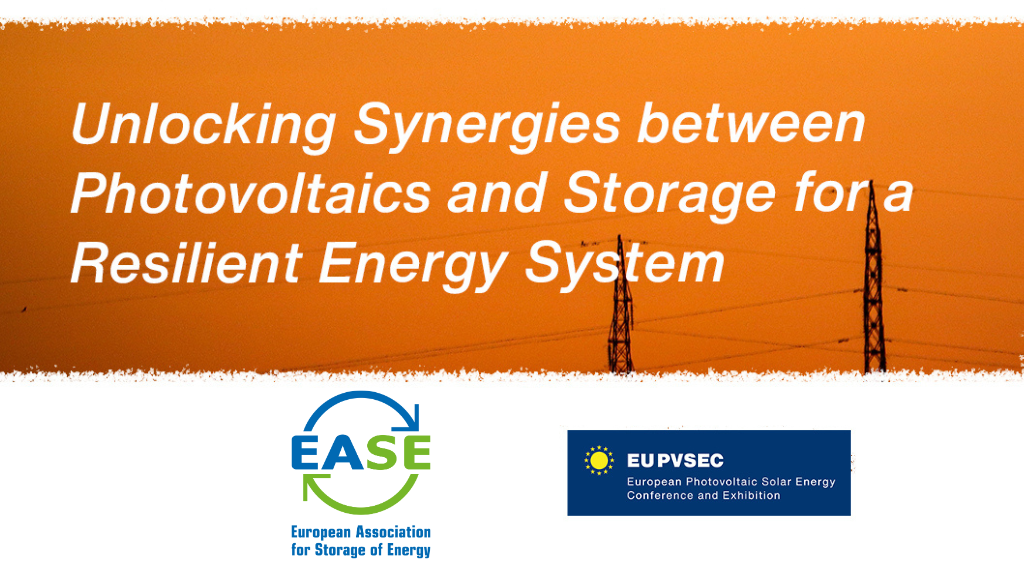January 2019 / Policy Papers - Responses to Public Consultations
European Commission's Delegated Regulation Establishing the Innovation Fund
EASE submitted a response to the European Commission's Public Consultation on the "European Commission's Delegated Regulation establishing the Innovation Fund".
The EC legislative proposal for a revised EU emissions trading system (ETS) reform involves the creation of an Innovation Fund (IF). This fund is meant to support low-carbon innovative technologies, including energy storage technologies, by allocating funds to demonstration projects or projects between TRLs 6-9. It will be financed through the earmarking of revenues from the sale ETS allowances.
EASE comments:
- The draft regulation provides a long and non-exhaustive list of eligible storage technologies. However, we noticed that pumped hydro storage (PHS) is the only mainstream storage technology not included in the list. The development of storage technologies is critical to reach the EU ETS targets. According to the EU-funded e-Storage project, the untapped potential of PHS (using existing reservoirs) is 2,291 GWh in EU15+Norway and Switzerland. Innovation in PHS can offer the energy system a great amount of high energy storage capacity at a competitive cost, without the need for scarce elements (Li, Co), and recycling problems at the end of life time. We would therefore suggest including PHS in the list of storage technologies.
- We strongly believe that the Innovation Fund should also look at the whole technology lifecycle and therefore take into account the global warming potential (GWP) of technologies and their end of life. Some technologies could indeed provide higher greenhouse gas (GHG) avoidance during operation while having higher energy intensity when manufactured than others. A wider approach based on the GWP would therefore be welcome to better assess the environmental impact of eligible technologies.
- We were very pleased to read that the draft Innovation Fund Regulation recognises the importance of various storage technologies for decarbonisation. However, we understand that the criteria to evaluate projects, including storage projects, are based on cost efficiency and GHG avoidance over ten years. This approach is not technology neutral since it gives an advantage to storage technologies with lower Levelised Cost of Storage (LCOS) over storage technologies which have a competitive LCOS and are more efficient over 30 years, such as liquid air energy storage. These technologies have a great potential to decarbonise the system over a longer duration (weekly, seasonal storage) but require also further demonstration. Considering their complementary contribution to decarbonising the EU economy, all storage technologies should be treated on a level playing field.




